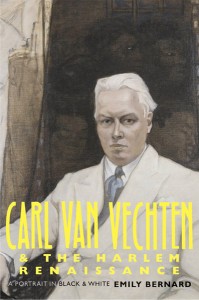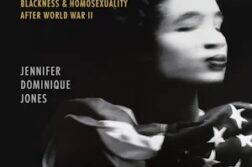 Native Moments
Native Moments
by Michael Derison
Boylston Press. 341 pages, $15.99
This intriguing novel tells the story of a group of gay men charting the course of their friendships and relationships over the course of many years, with all the romantic and emotional entanglements that occur. During a trip around Europe, Max, known as Mickey to his friends, meets Christopher. Mickey soon realizes his attraction to this handsome, intelligent young man, but has no idea whether Chris is even gay, let alone feels the same way. Haunted by dreams of what might have been, Mickey returns to America, reuniting with Chris months later; they passionately reveal their true feelings towards each other and soon become a couple. During the course of their relationship, Mickey encounters other men, learning about their past loves and struggles. One of the most dramatic is Justin, an actor who lost his best friend and first lover in a terrible accident, and who reveals to Mickey his complicated affair with Donny, an underage but seductive heartthrob. Temporarily exiled from Hollywood and Donny by the boy’s manager, Justin returns years later at Donny’s request once he comes of legal age, picking up their relationship where they left off. Mickey, involved in the movie business as a blossoming screenwriter, becomes seriously entangled with Donny, both emotionally and physically, as he works on projects for the young man to star in. Mickey soon discovers Donny’s dark side, a result of childhood abuse. While the characters are well-drawn and the story fascinating, there is some confusion for the first several chapters as to where the novel is mainly set. The supporting characters’ stories are so compelling and unusual that one can easily forget that Mickey and Chris are the primary characters. The tender, arousing love scenes, however, make up for any confusion. Native Moments celebrates the complexities and pleasures of life and love.
Charles Green
 Carl Van Vechten & The Harlem Renaissance:
Carl Van Vechten & The Harlem Renaissance:
A Portrait In Black & White
by Emily Bernard
Yale University Press. 376 pages, $30.
Bernard’s goal in this volume is not to depict the entire life of “Carlo,” as Carl Van Vechten (1880–1964) was known, something we’re still awaiting decades after his death. After all, Van Vechten was one of the most fascinating artistic figures in the early to middle 20th century. His photographs of African-American men and women of achievement created a distinctive catalogue and continued to shape our image of the Harlem Renaissance long after its flowering in the 1920’s and 30’s. Photography was Van Vechten’s third career, after one in journalism and one in writing fiction. Over the years, there has been some comment on his portraiture of great African-American artists, but his catalogue is important and captivating. Bernard explores, but also wants to sidestep, the issue of whether Van Vechten’s work was good or bad for black people, and whether he hurt or helped African-American expression in the years of the Harlem Renaissance. Bernard uncovers a story more nuanced than is widely known, a history of the complicated and sometimes disturbing realities of race during a unique cultural moment and its aftermath.
John Mitzel
 Transforming Japan: How Feminism
Transforming Japan: How Feminism
and Cultural Diversity Are Making a Difference
Edited by Kumiko Fujimura-Fanselow
Feminist Press. 560 pages, $29.95 (paper)
Transforming Japan vividly documents lesbian and queer women’s experiences within the context of contemporary Japanese feminism. This historical account of three pioneering female couples in the years before World War II puts into perspective later events, from the formation of the openly lesbian Young Grass Club in 1971 to present-day debates over same-sex marriage. A memorable dialogue among three lesbian and transgender activists traces the challenges of political mobilization and conflicts within Japan’s LGBT communities. In-depth interviews generate new perspectives on lesbian visibility in an Asian context: “[I]t is important,” notes one activist, “for us to be visible and socially active.” Throughout, readers will be struck by the importance of the Family Register system. In a state that rigidly organizes social benefits around the family, remaking relationships remains a daunting task. It is tempting for Western readers to contemplate queer Japan as somehow a generation “behind” the West, as if catching up were merely a matter of time. But that’s the wrong way to think about Japan. Within a long history of sexual diversity and cultural innovation can be found a unique path, and as the Japanese make their way, they will have much indeed to teach the West. Transforming Japan is a valuable place to begin that conversation.
Christopher Capozzola





